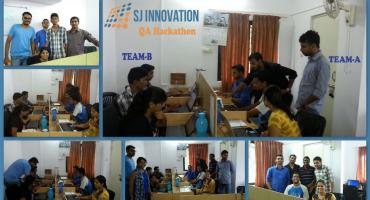How AI Platforms Drive Results and Offer Seamless Quality Testing
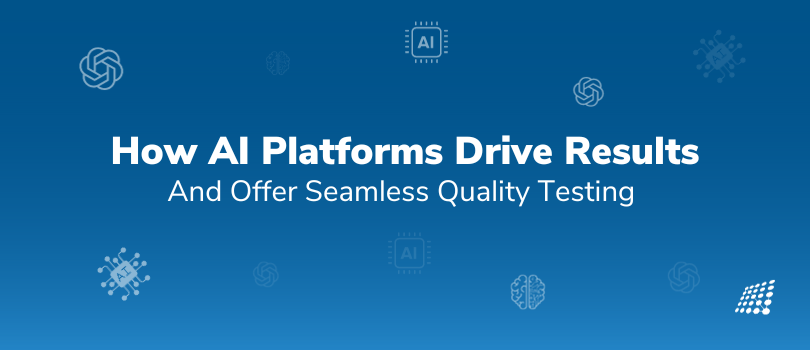
In the dynamic world of software development, quality assurance testing stands as a guardian, ensuring digital products meet the highest standards before they reach the hands of users.
However, the traditional methods of testing, while effective, are grappling with the ever-evolving complexity of software and the need for speed. Enter AI platforms, the disruptive force that is reshaping quality testing. This article serves as your compass, guiding you through the advantages AI brings in the world of quality assurance. Brace yourself as we unravel the limitations, benefits, and future of quality testing with AI platforms.
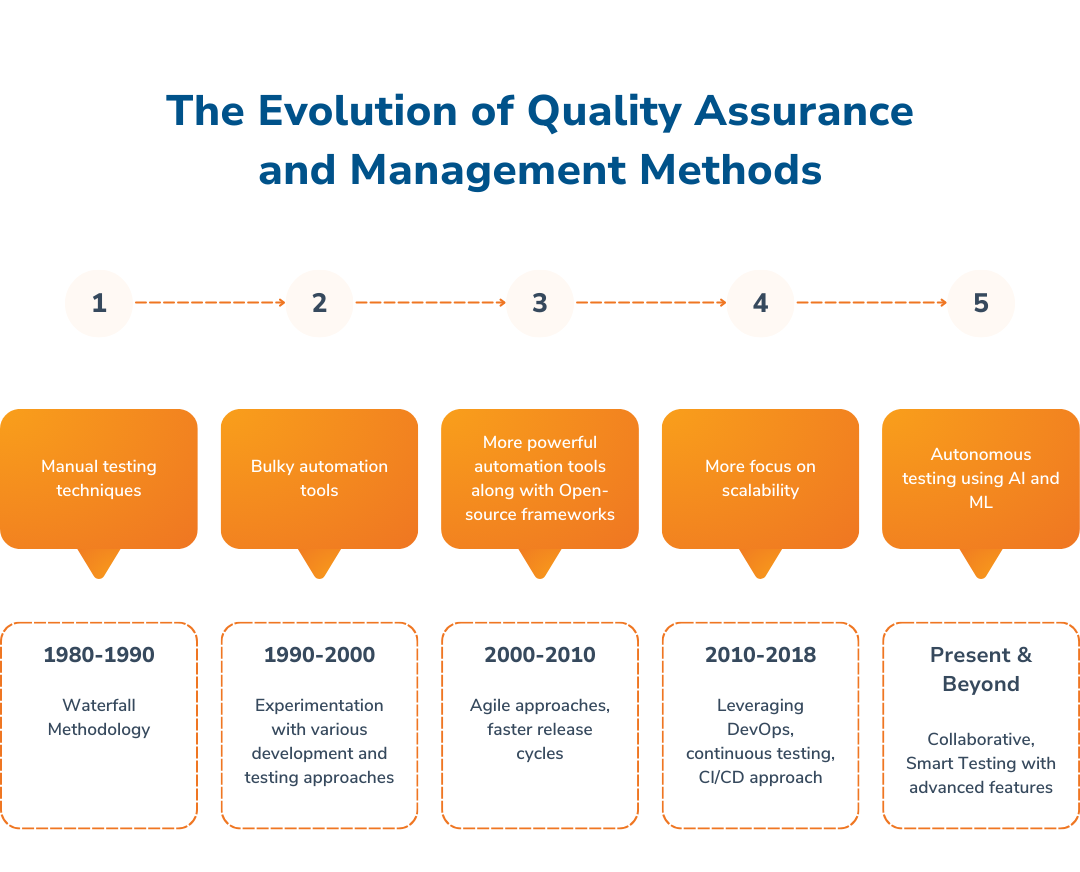
Manual Testing vs AI Testing
Time and Cost
Manual Testing is time-consuming and expensive. While Artificial Intelligence Testing saves time and money, leading to faster delivery.
Tester Presence
Manual Testing requires the presence of a software tester. And Artificial Intelligence Testing requires steady testing with minimal human intervention.
Productivity
Manual Testing has low productivity but Artificial Intelligence Testing has high productivity with automated tools.
Accuracy
Manual Testing is not always 100% accurate, prone to errors. But AI tools ensure accurate test execution, provide detailed results and feedback.
Glitch Identification
Manual Testing may not recognize some glitches but Artificial Intelligence Testing increases the scope of tests, enhancing software quality.
Test Case Creation
Manual Testing is manual, linear process, challenging for large test cases. But Artificial Intelligence Testing's AI bots quickly generate code for numerous test cases.
Manual testing or automated testing: Which One Win?
Among quality assurance methods, a comparison between manual and artificial intelligence (AI) testing reveals distinct advantages and trade-offs.
When looking at Manual testing vs AI testing:
Manual Testing
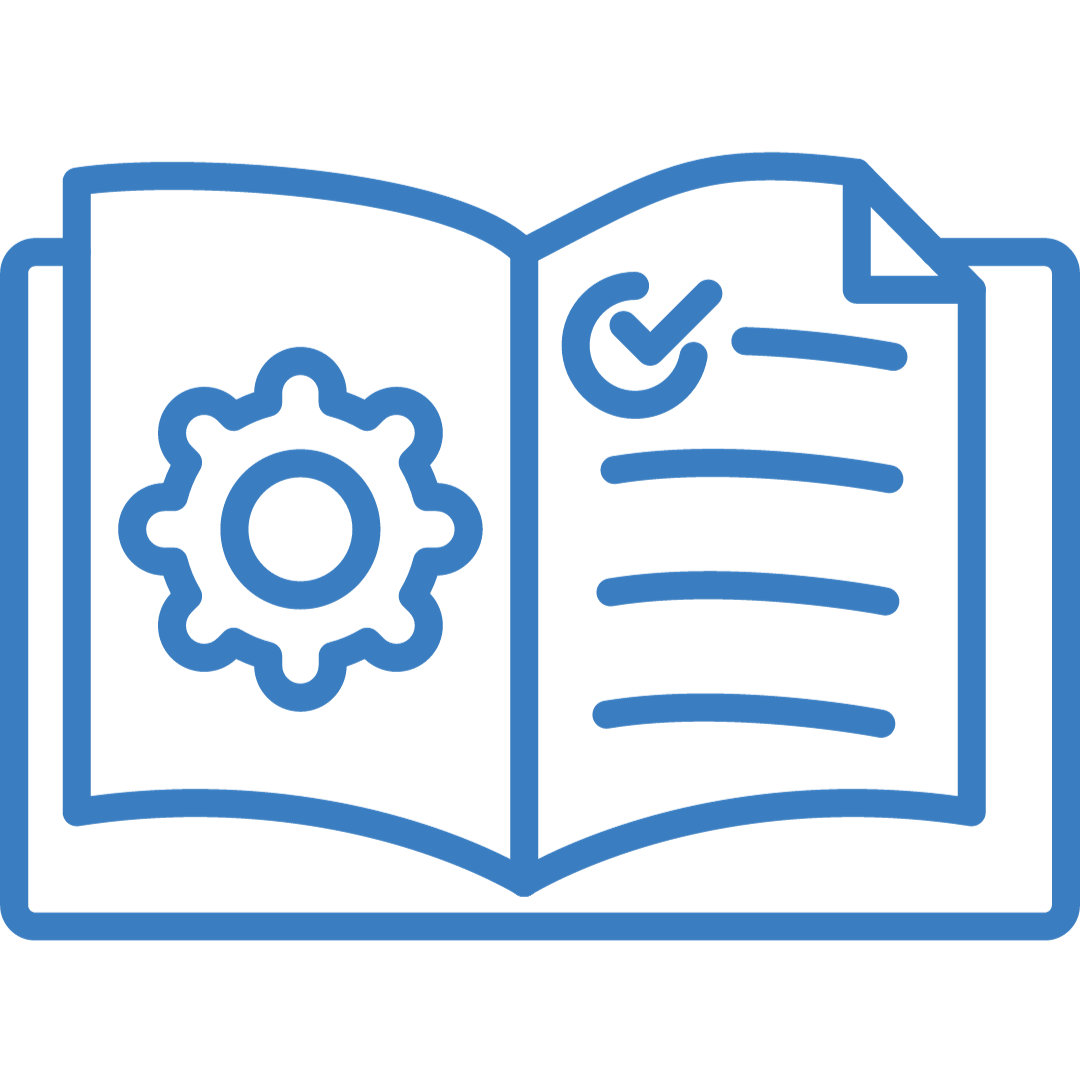
- Manual testing QA, while valuable, can be time-consuming and costly.
- It necessitates the physical presence of a software tester, potentially resulting in low productivity.
- Accuracy can be compromised due to human error, and certain glitches may go unnoticed.
AI Testing
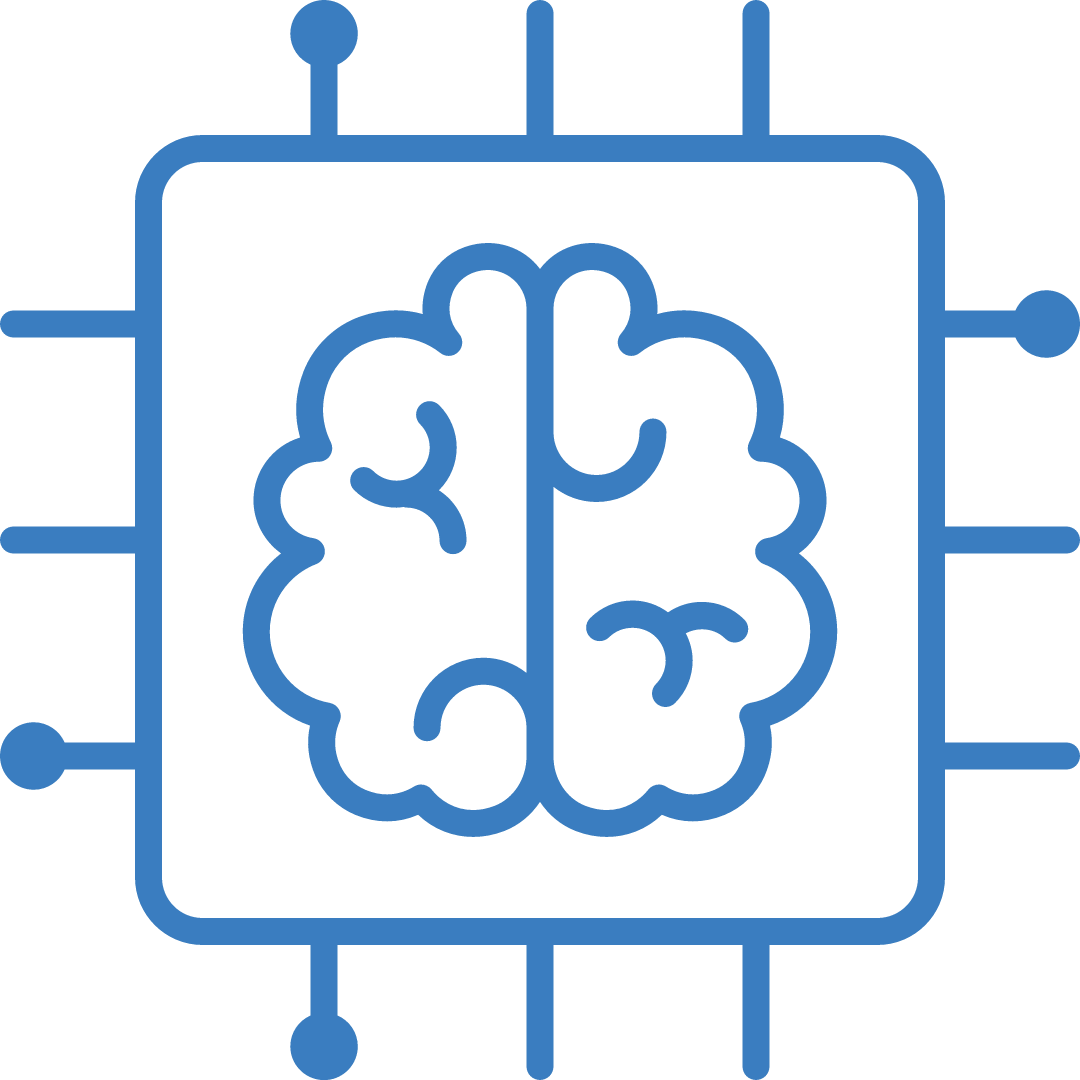
- On the other hand, AI testing is good for automated quality assurance.
- It streamlines the process, saving both time and money.
- It can operate steadily with minimal human intervention, leading to high productivity.
- AI-powered testing tools excel in accuracy, executing tests precisely each time and providing detailed results and feedback. Moreover, they expand the scope of tests, contributing to overall software quality.
The choice between manual and AI testing hinges on your specific project requirements and goals. Both methods have their merits, and selecting the right one can significantly impact the effectiveness of your testing process.
The Upside of Using AI in QA and Testing
Artificial Intelligence (AI) is no longer a futuristic concept. It's a game-changer, especially in the space of Quality Assurance in software testing. How AI-driven quality assurance is the future? Let’s check it out!
1. Lightning-Fast Timelines
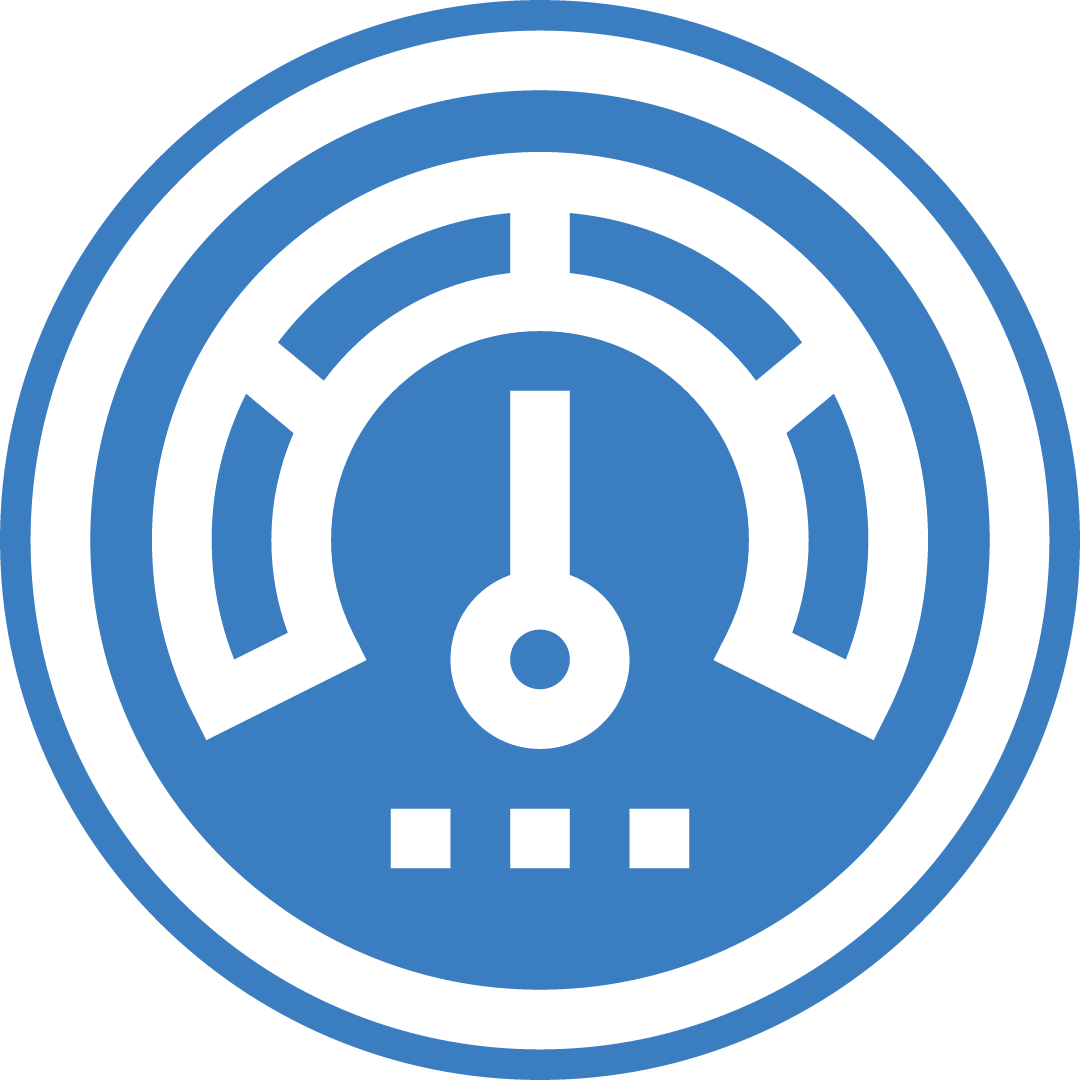
Picture this: the traditional testing process involves testers sifting through thousands of lines of code, looking for that elusive bug. It's time-consuming and, let's face it, exhausting. Enter AI.
- AI-powered testing tools can scan through log files, analyze code, and spot errors in mere seconds.
- But that's not all. AI doesn't suffer from burnout; it consistently delivers accurate results.
- What's more, AI platforms in quality testing can evolve with code changes.
- It adapts, identifies new functions, and can even distinguish between a new feature and a bug arising from code alterations. Talk about efficiency!
2. Well-Researched Build Releases
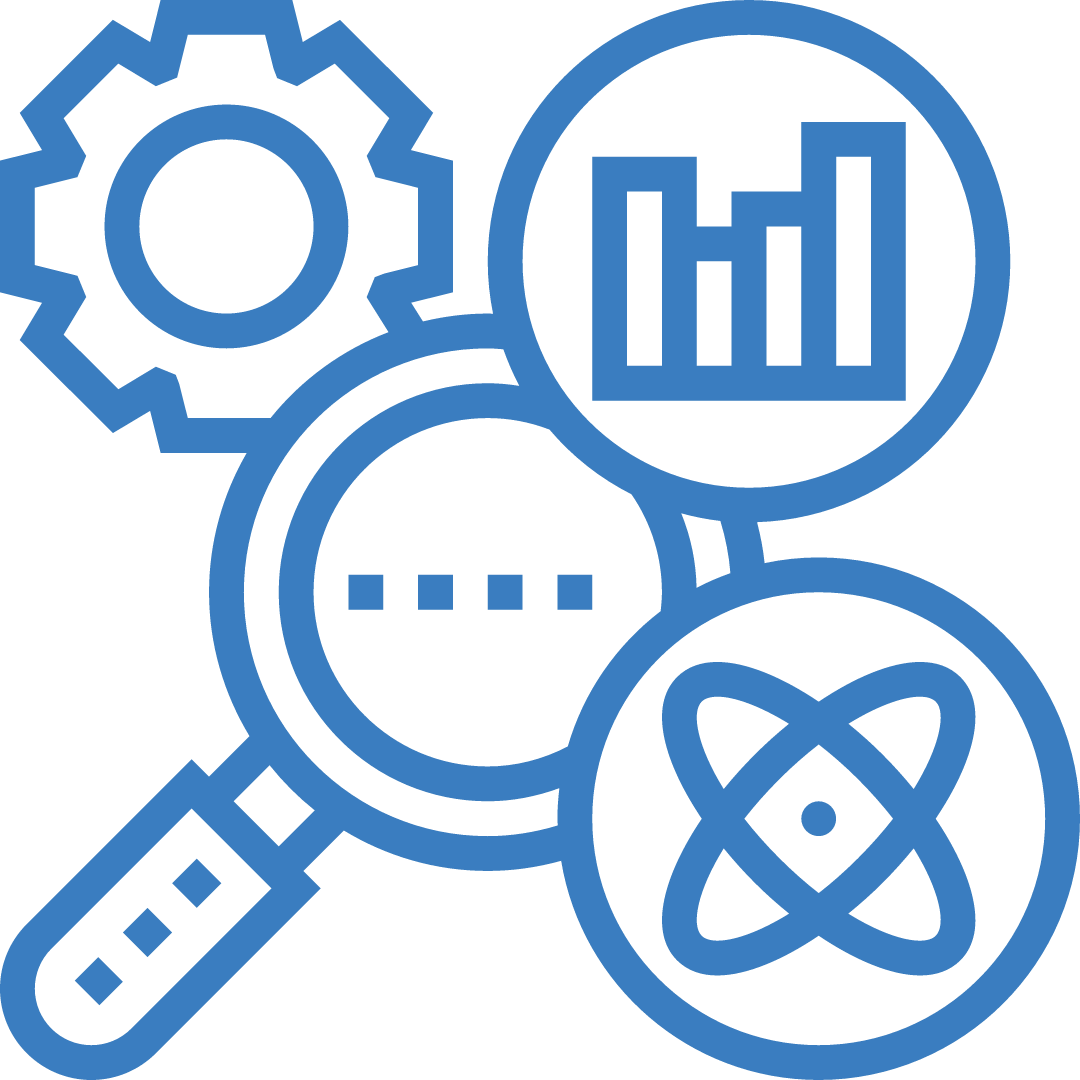
- AI in software testing doesn't just test; it learns and strategizes.
- AI development companies can analyze successful apps and software in the market to understand what makes them tick.
- Armed with this knowledge, they create new test cases to ensure your app or software doesn't stumble when it comes to achieving its goals.
- It's like having a crystal ball for your QA process.
3. Effortless Test Planning
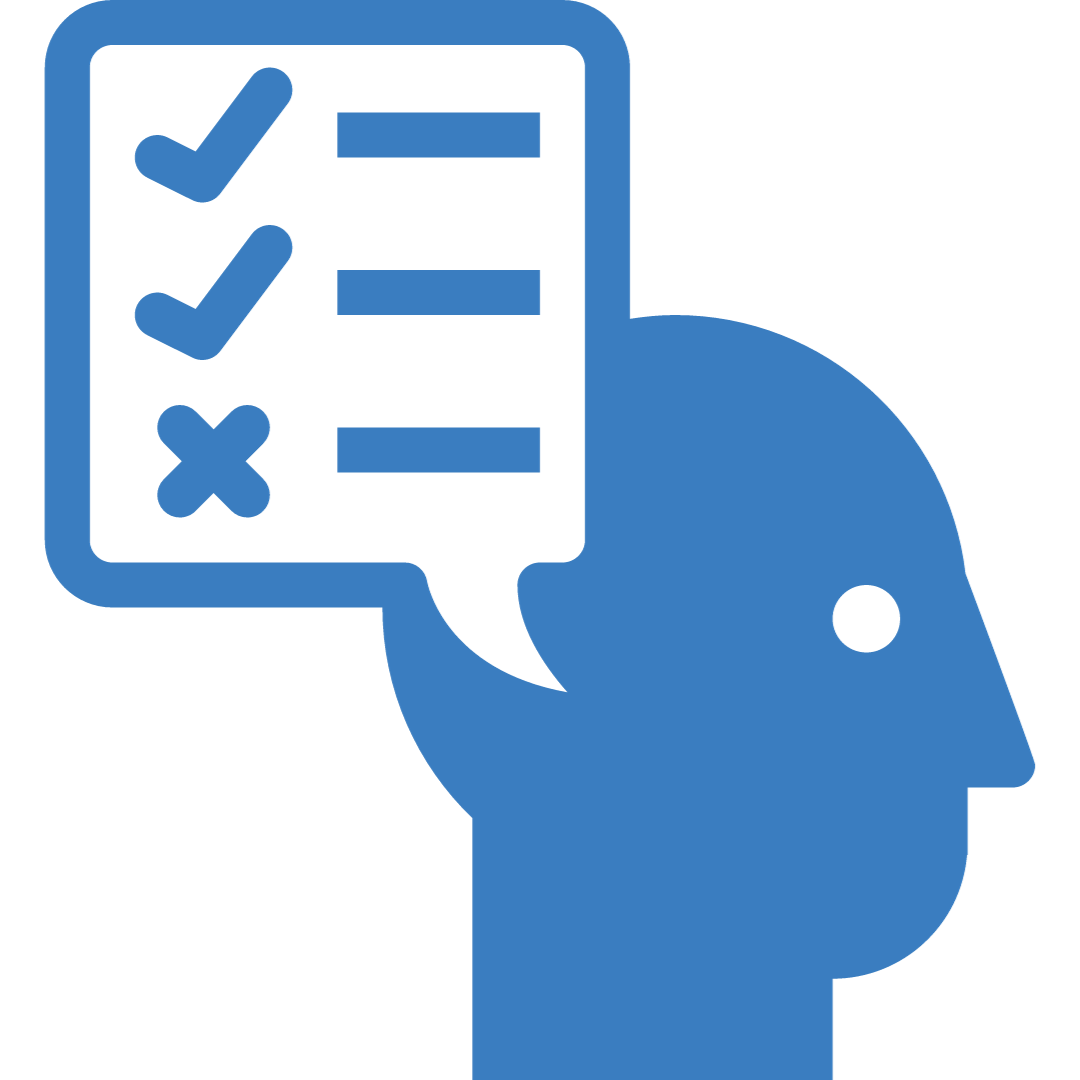
- Planning test case scenarios can be a laborious task for QA experts.
- Imagine having to repeat the same process every time a new version hits the market. It's a cycle that never ends.
- AI platforms in quality testing and QA automation tools change the game.
- They crawl through every screen, generating and executing test case scenarios effortlessly, saving precious planning time.
4. Expanding the Tester's Toolkit
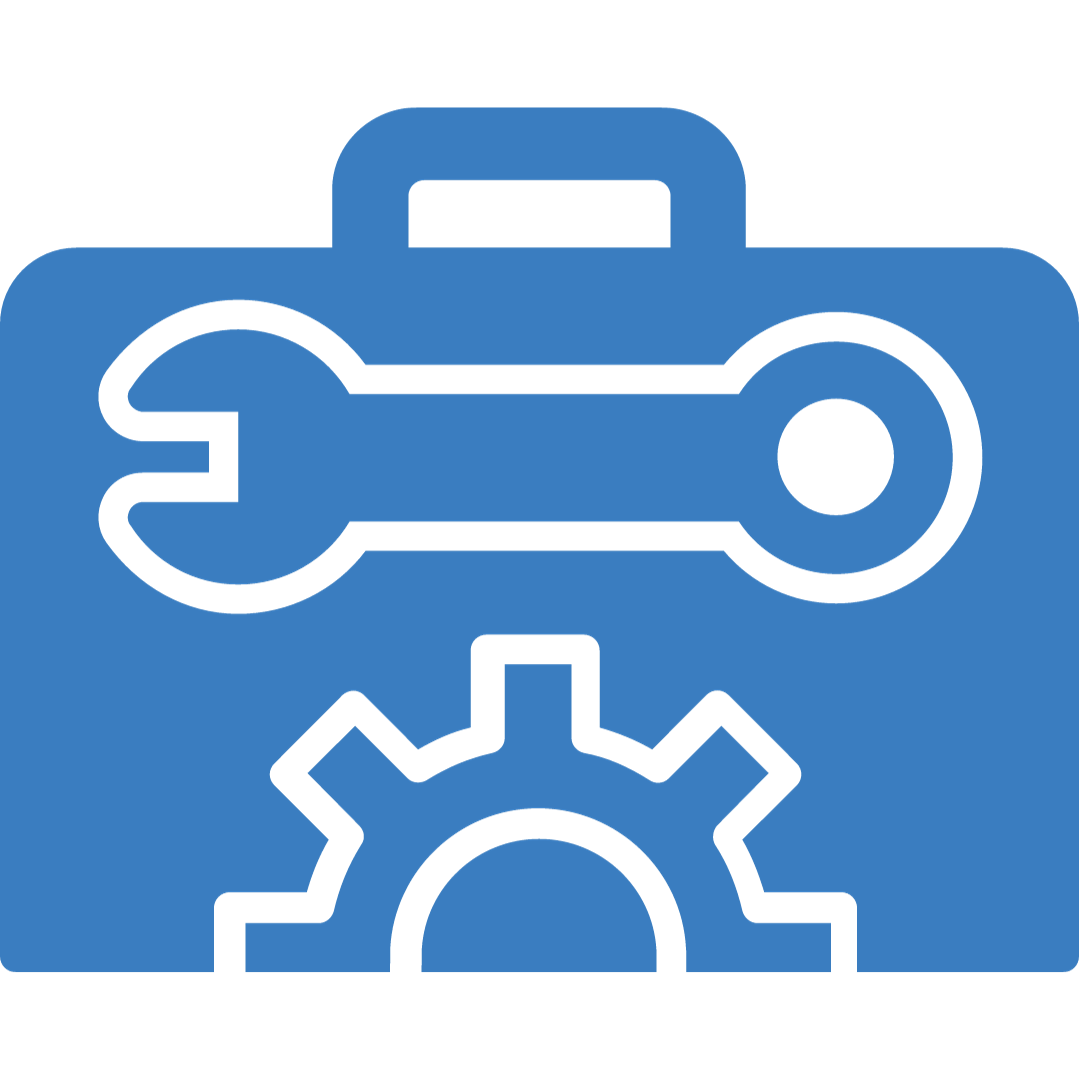
- AI's entry into QA introduces an exciting shift in roles.
- QA testers find themselves on a learning spree, acquiring skills in neuro-linguistic programming, business intelligence, math optimization, and algorithmic analysis.
- It's not just testing; it's a journey of professional growth.
5. Predictive Analysis
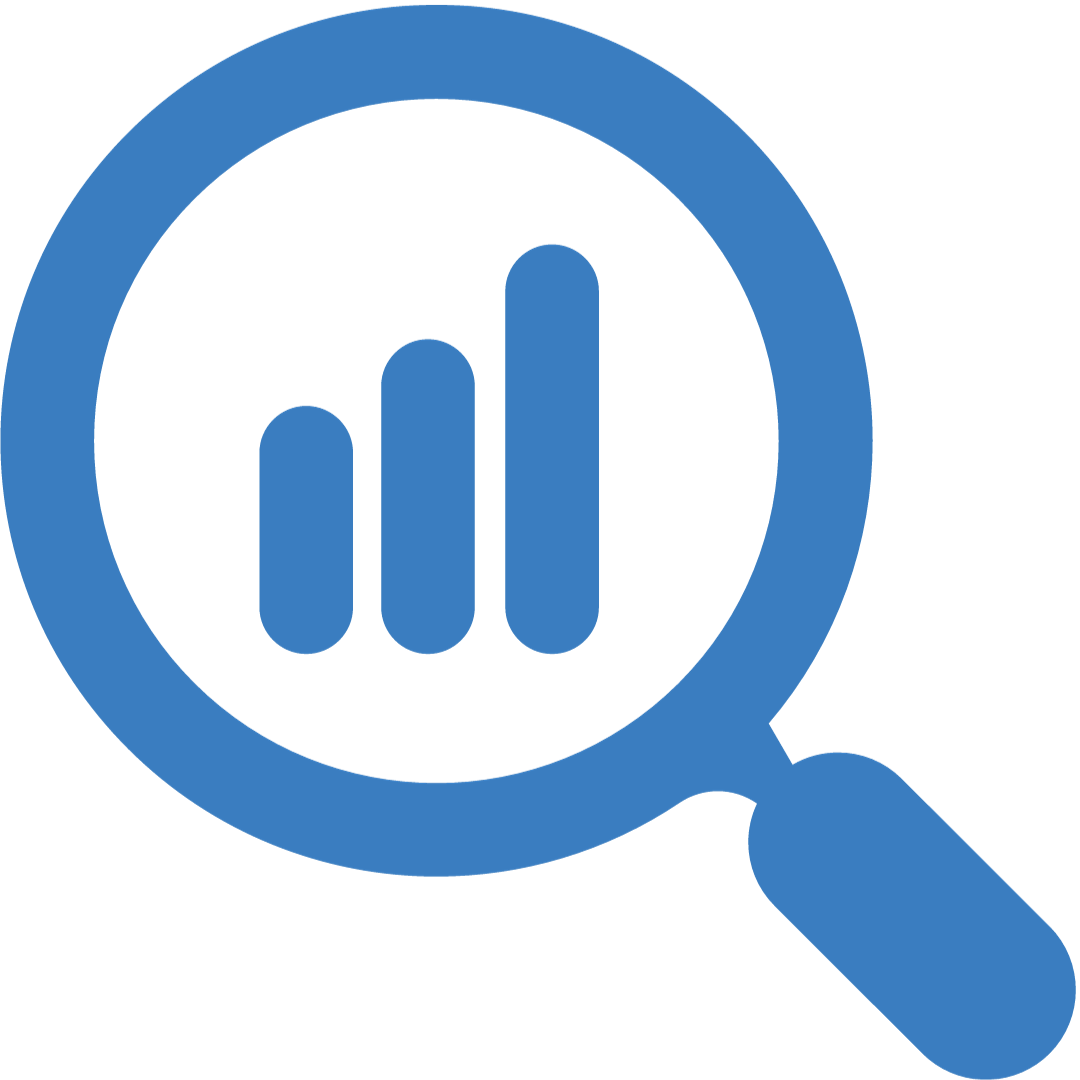
- When looking at AI adoption in quality testing, we deal with AI automation in QA.
- However, it isn't just about testing; it's about understanding users.
- AI can analyze existing customer data to predict how user needs and browsing patterns evolve.
- This foresight allows testers, designers, and developers to stay ahead of user expectations, delivering top-notch quality support.
- With Machine Learning (ML), the AI platform evolves with analyzed user behavior, providing increasingly accurate predictions.
6. Elevated Test Case Writing
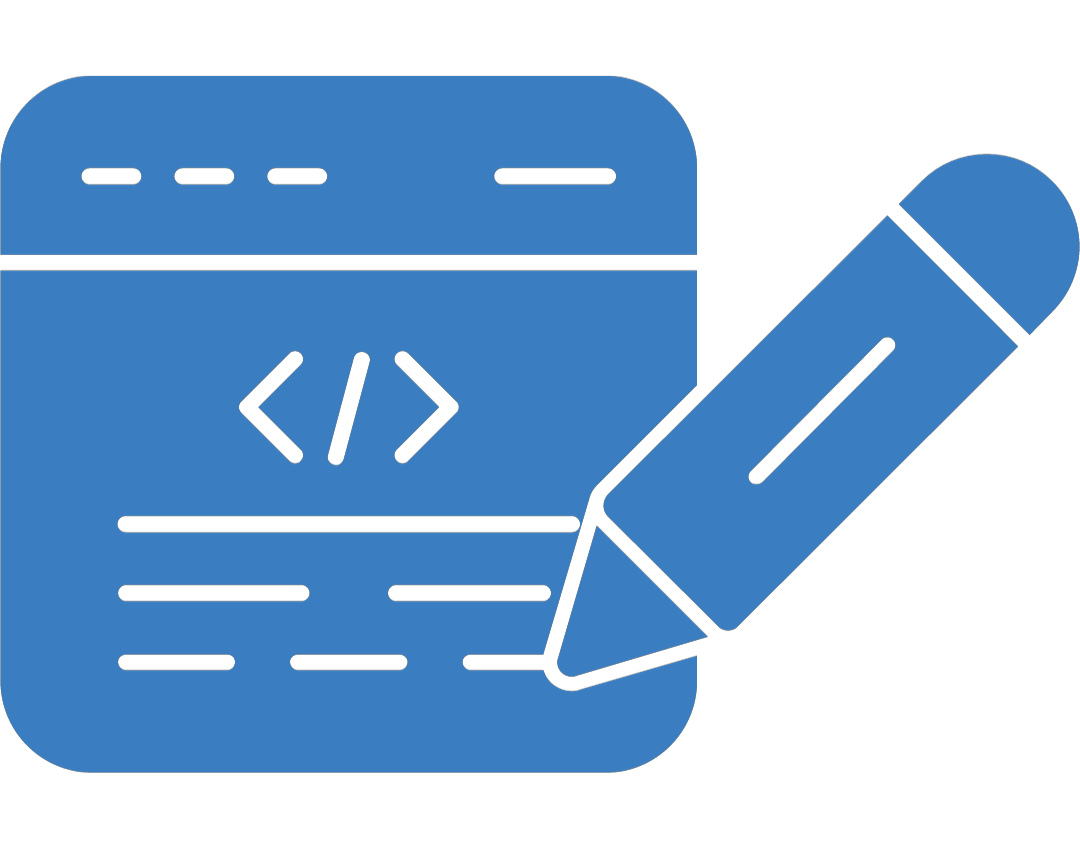
- AI doesn't just test; it enhances the very process of creating test cases.
- It offers real, quickly executable test cases that are easy to manage.
- Traditional methods often restrict developers from exploring new test case possibilities.
- AI-driven quality assurance changes the game by analyzing project data in seconds, empowering developers to innovate and discover new testing approaches.
7. Supercharged Regression Testing
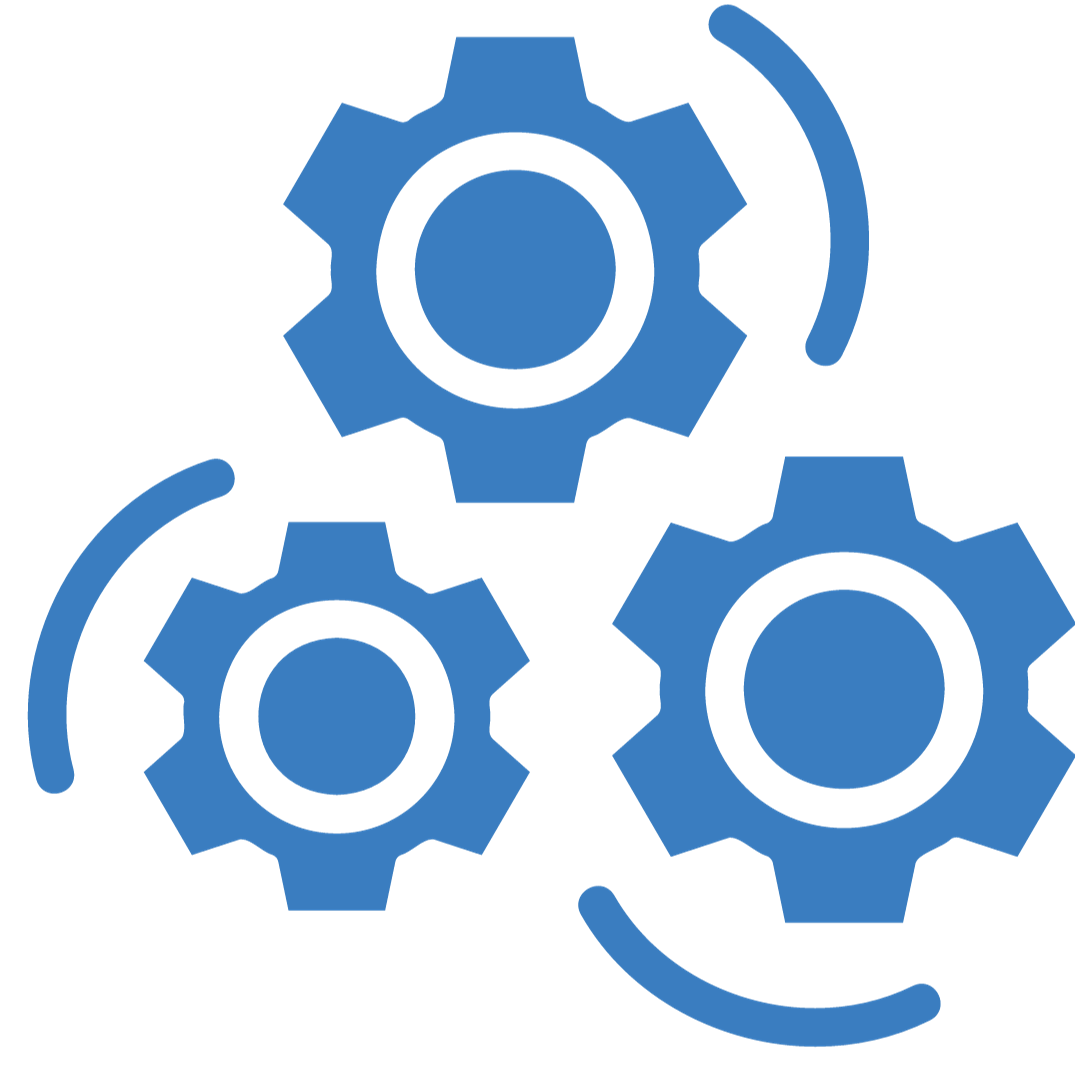
- With rapid deployment in today's development landscape, AI in regression testing can become overwhelming.
- The sheer volume of tests can outstrip human capacity. AI testing advantages are many!
- It's adept at handling repetitive regression testing tasks.
- Machine Learning can be employed to create test content efficiently.
Consider a UI change – AI/ML can swiftly scan for variations in color, shape, or size, tasks that would be arduous for human testers. It ensures the validation of changes that a QA tester might overlook.
8. Visual User Interface Testing
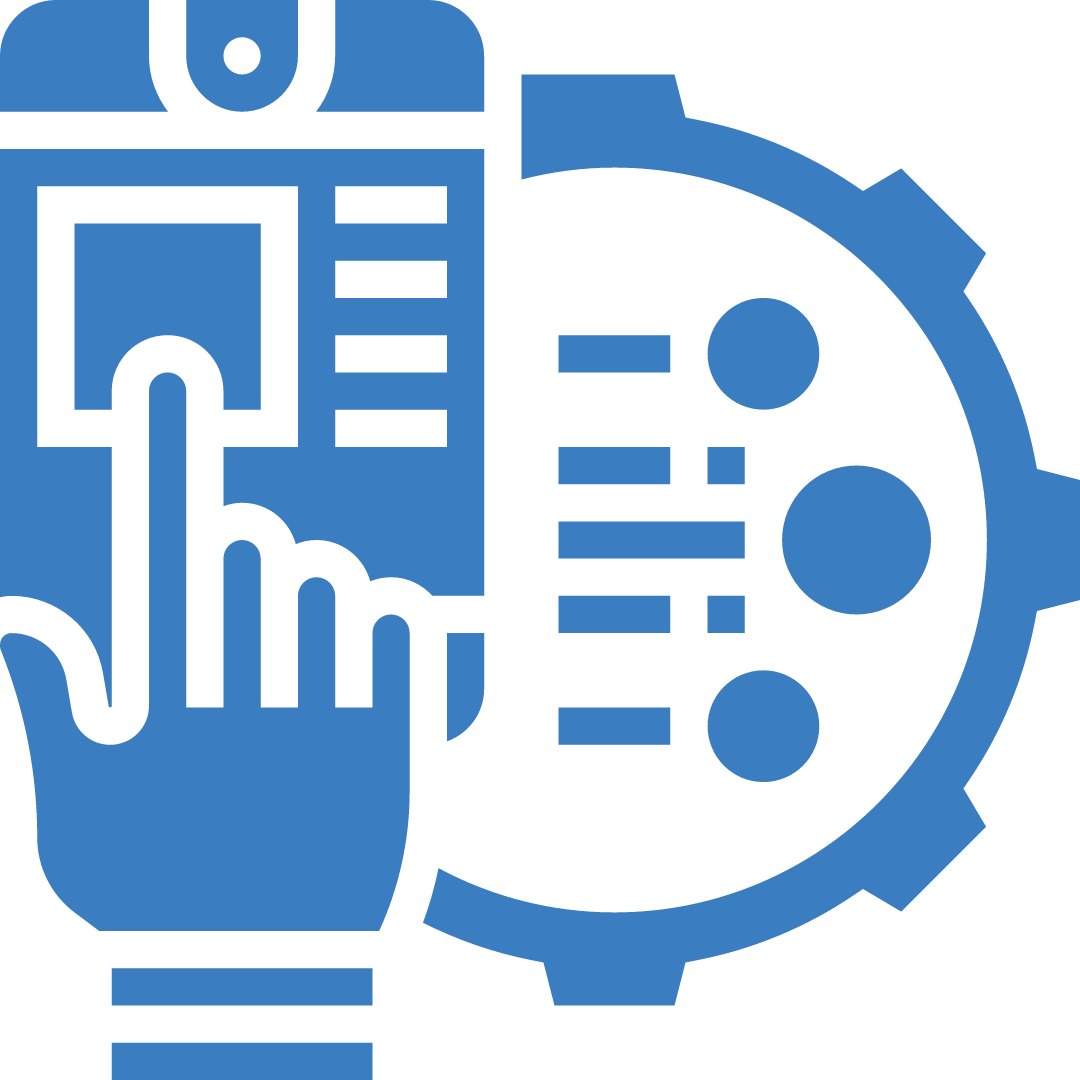
- Visual appeal is crucial. AI takes UI testing to the next level by ensuring visual design and layout are flawless.
- Visual User Interface Testing with AI can examine various elements of the UI that are traditionally challenging to automate.
- These tests often require human judgment to evaluate design choices.
- However, ML-based visualization tools can pinpoint differences in images with an accuracy that's humanly impossible.
- AI testing accuracy eliminates the manual effort involved in updating the Document Object Model (DOM), building a structure, and assessing risks.
9. Enhanced Defect Tracing

- In the world of conventional and manual testing QA, bugs often lurk unnoticed for extended periods, causing havoc down the line.
- AI steps in as a vigilant guardian.
- As software grows and data accumulates, the number of bugs naturally increases.
- AI in software testing swiftly identifies these bugs, ensuring the software development process operates seamlessly.
- AI-based bug tracking identifies duplicate errors and recognizes the fingerprints of failures.
- It's defect tracing at the speed of AI.
The 6 levels of AI QA testing
While there are many benefits of AI in QA and testing, let’s take a look at AI testing levels in QA!
Level Zero: The Manual Era
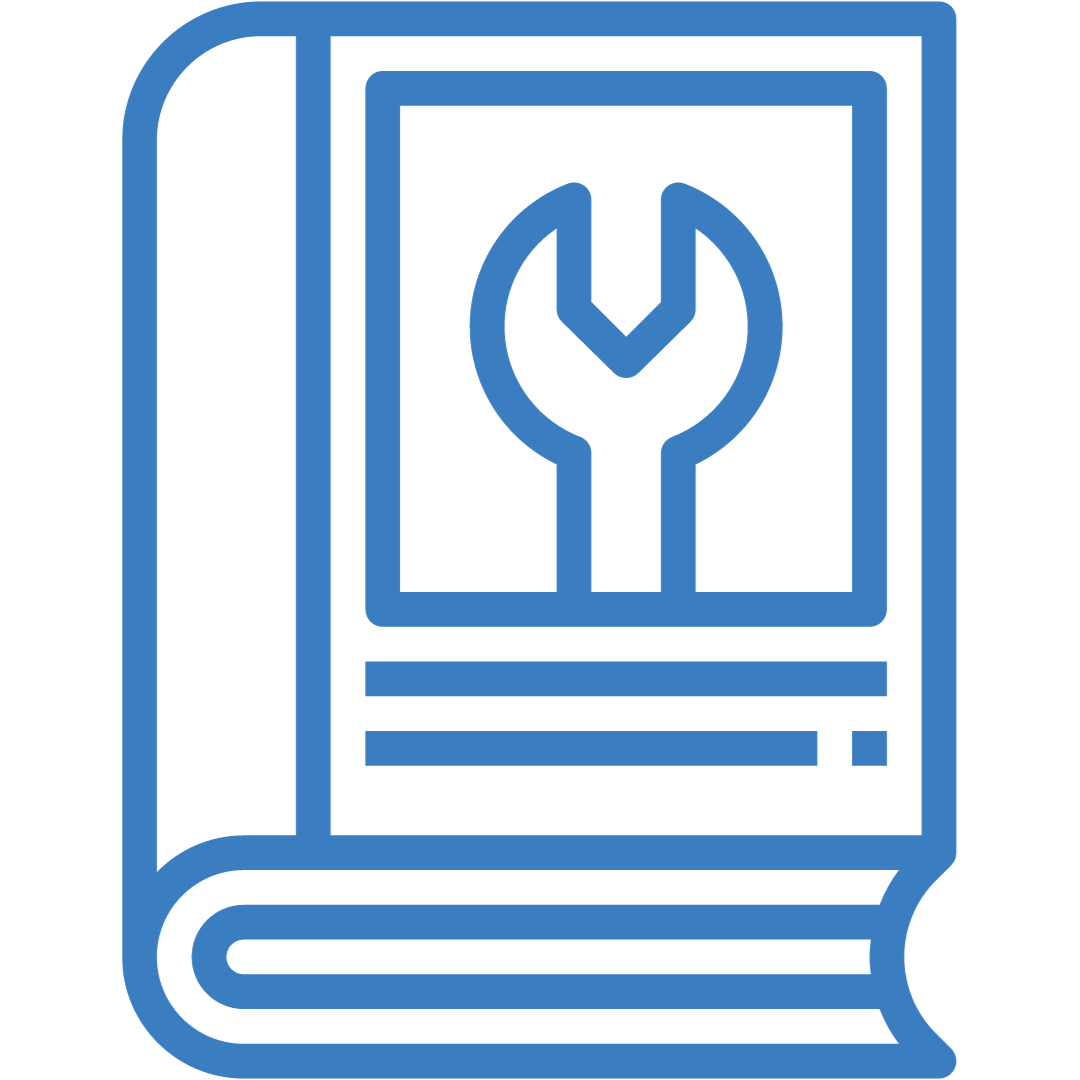
In the beginning, writing code and testing it was a manual, repetitive process. Each addition to a webpage meant a new test, and adding a page required scrutinizing every component anew. The more tests, the greater the chances of overlooking critical issues. The solution? Distinguishing between bugs and fresh baselines through meticulous examination.
Level One: The Rise of AI Assistance
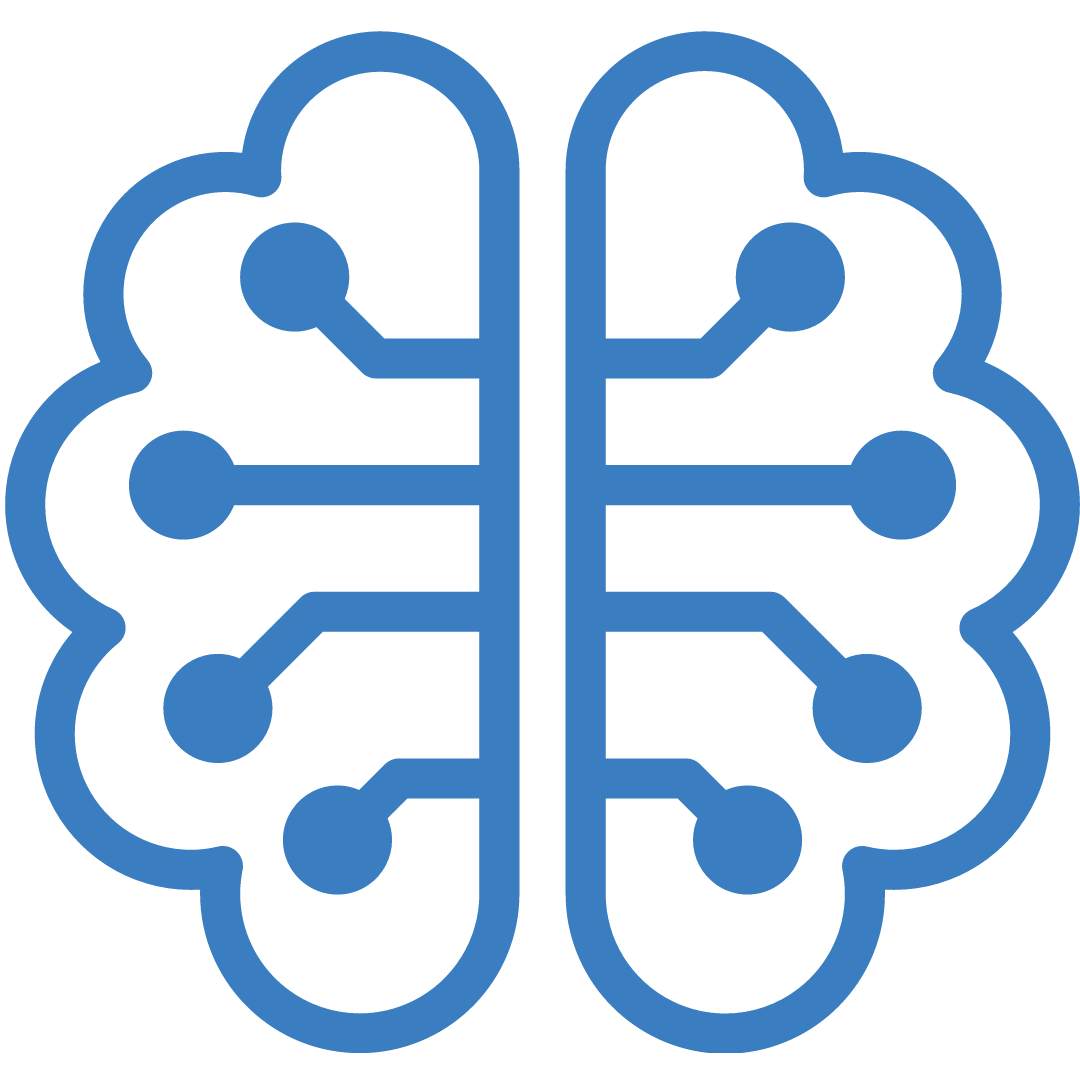
- Level one is all about AI adoption in quality testing.
- It introduces AI's assistance in viewing web pages holistically.
- It goes beyond the Document Object Model, understanding the visual aspect.
- AI assists in writing test code and monitors test results.
- When a test fails, it questions whether it's a genuine issue or a consequence of software changes.
Level Two: Semantic Understanding
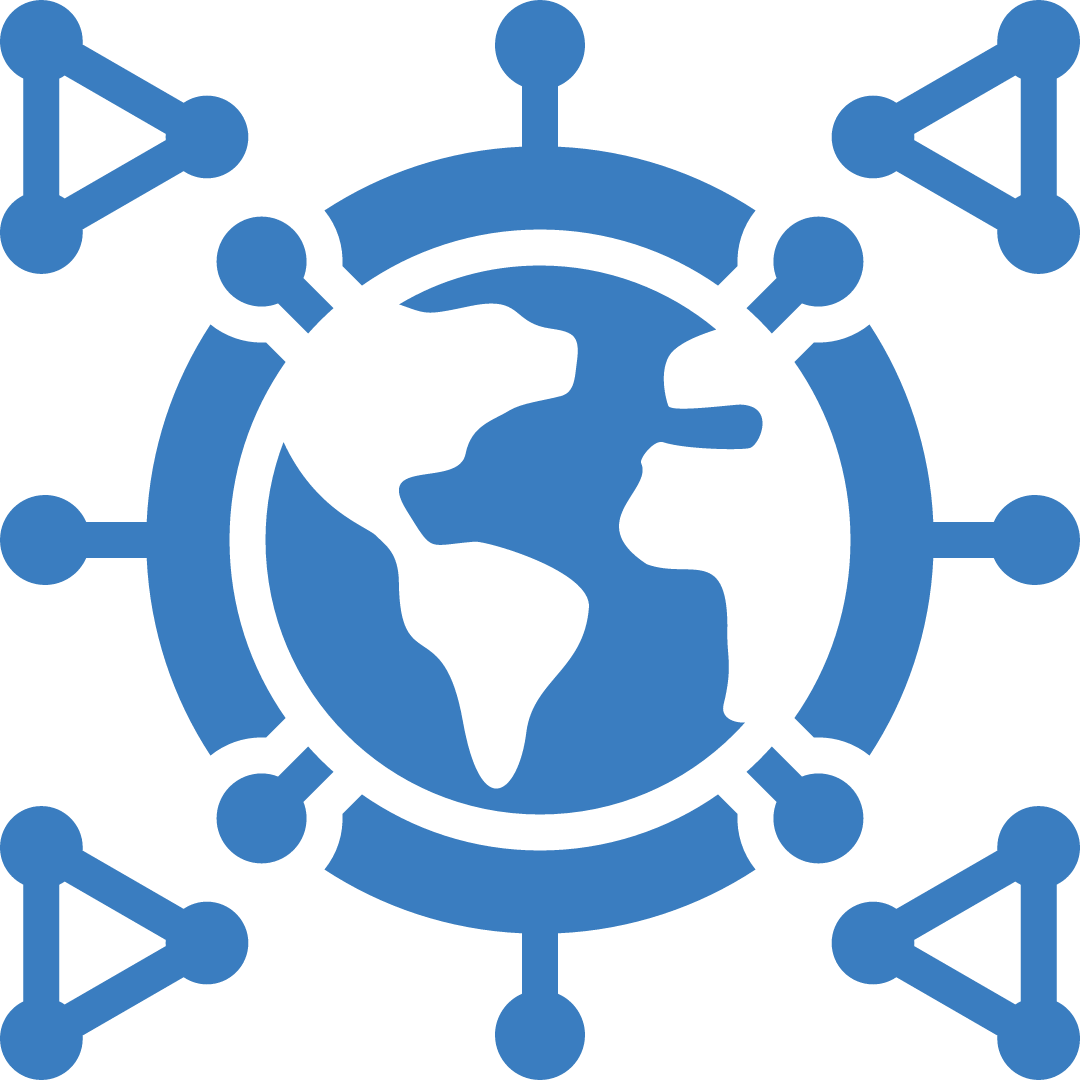
- Building upon level one, level two delves into AI's ability to understand changes in a user-friendly manner using user-friendly AI testing tools.
- It groups changes semantically, making it easier for testers to grasp them.
- AI can identify when changes are identical and ask whether to accept or reject them as a group.
Level Three: Minimal Human Intervention
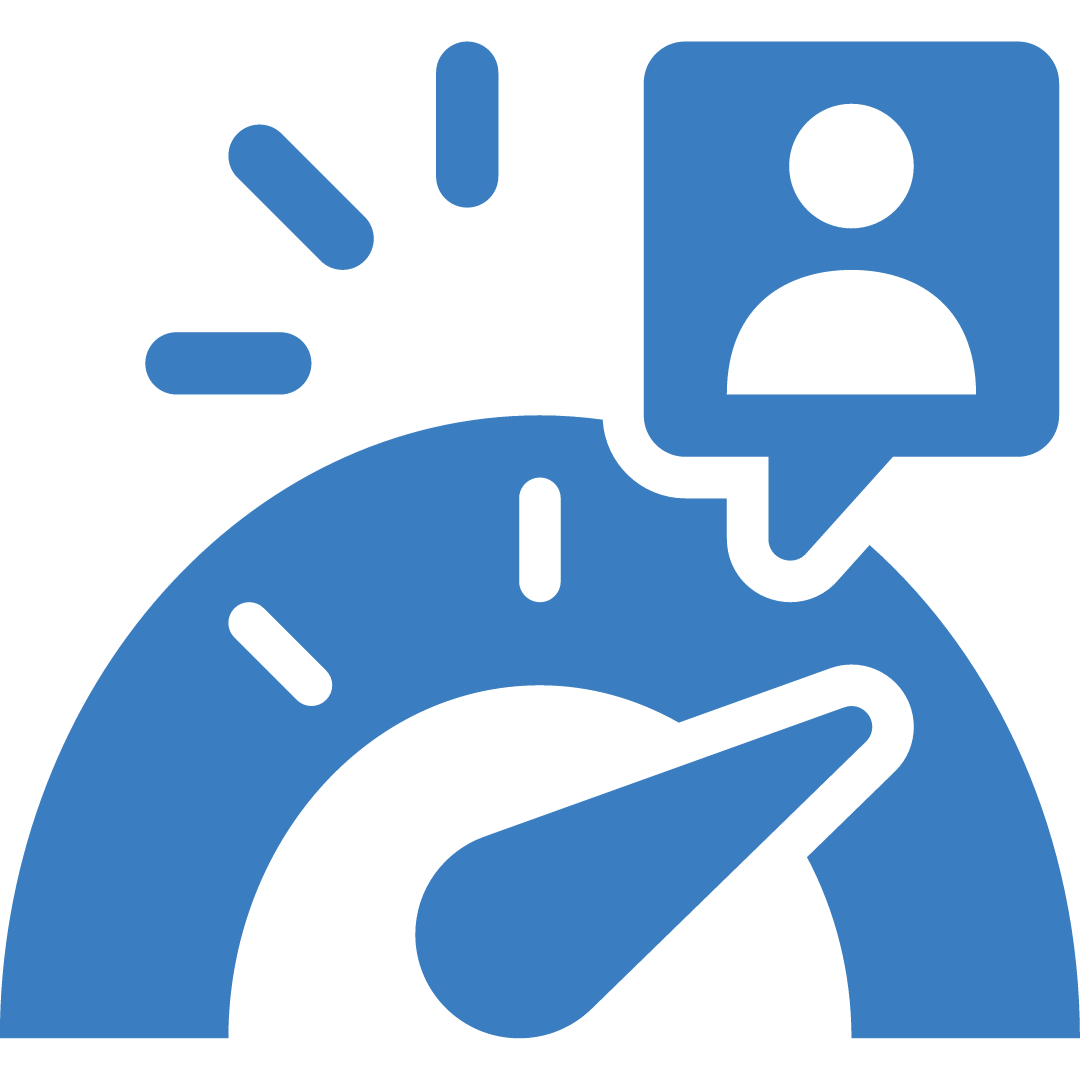
- At level three, AI starts working independently where we involve AI in predicting user behavior.
- Machine learning techniques allow AI to evaluate the visual elements of an app based on design standards.
- It can assess pages without human intervention by analyzing data and design rules.
- Machine learning aids in identifying differences in changes.
Level Four: AI-Driven Quality Assurance Testing
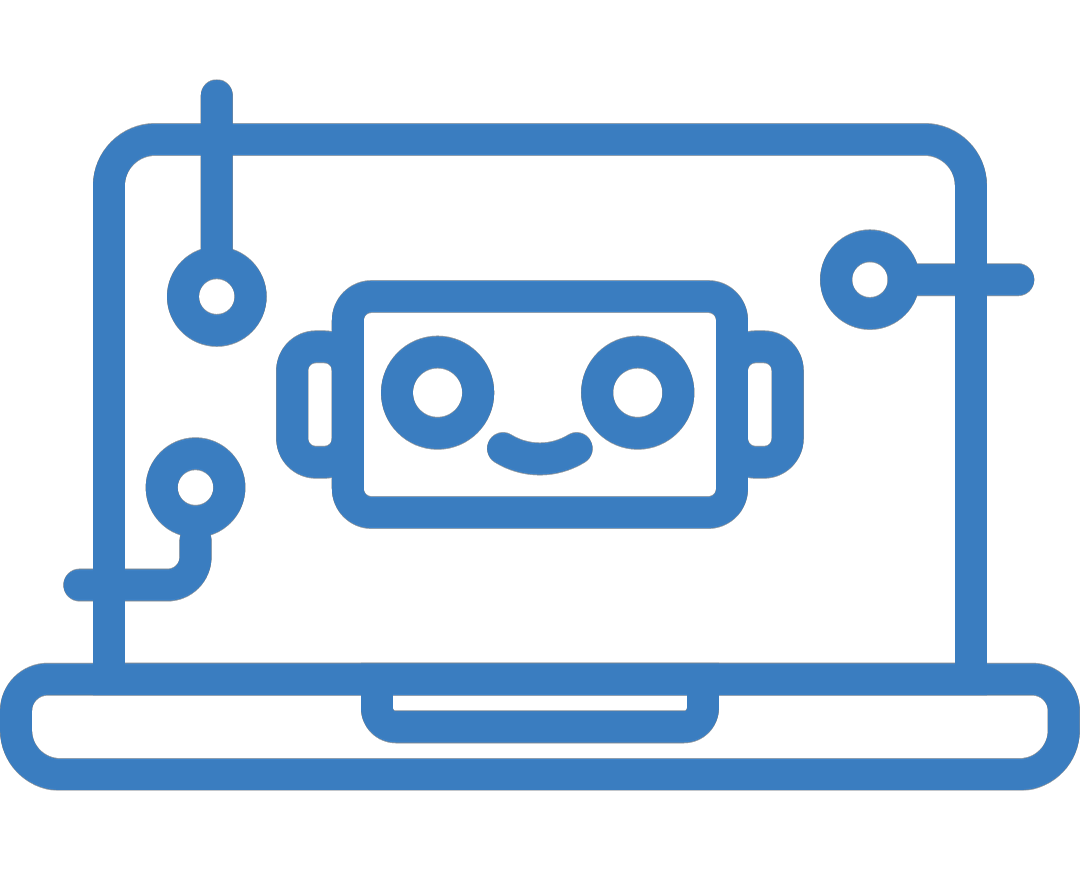
- Level four marks the transition to AI-driven testing.
- AI and software development can examine an app or software semantically, understanding it as a human would.
- It comprehends user interactions, page structures, and user flows.
- Using reinforcement learning techniques, AI autonomously initiates and conducts tests.
Level Five: The Autonomous AI Era
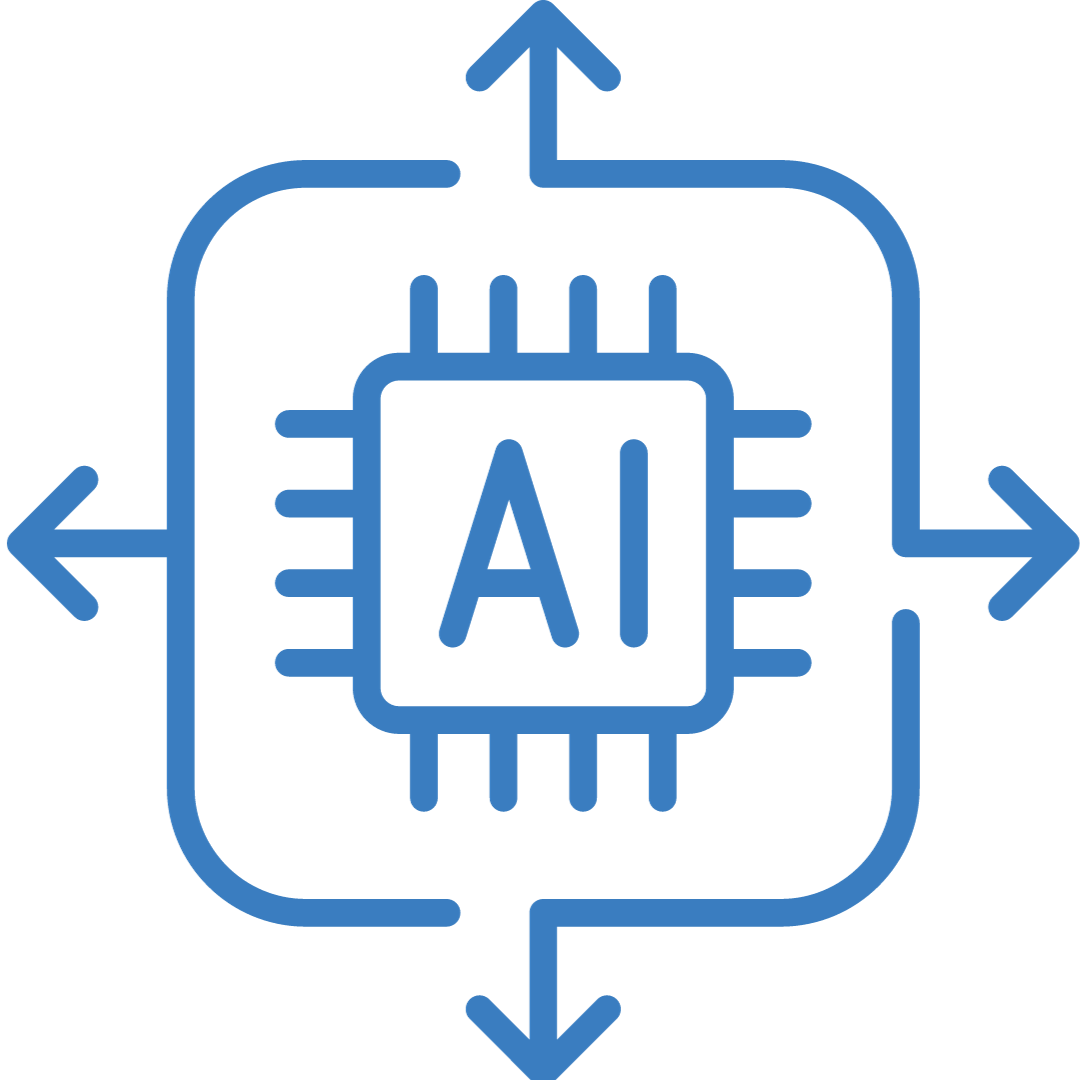
- At level five, AI reaches a sci-fi level of autonomy.
- It can communicate with product managers, comprehend the app's intricacies, and conduct tests independently.
- While we're currently in the early stages of AI adoption, automation events are already utilizing AI for visual UI testing, API testing, automated quality assurance, and Spidering.
AI Tools that Speed up the QA Automation Process
1. Applitools
- Applitools is a cutting-edge AI-powered tool for QA automation.
- It offers visual testing solutions that can rapidly identify even the slightest visual differences in applications.
- This tool significantly speeds up the QA process by automating visual testing, making it an invaluable asset for ensuring the visual correctness of web and mobile apps.
2. Testim.io
- Testim.io is an AI-driven testing platform that accelerates the QA automation process through its smart test authoring and maintenance capabilities.
- Its AI algorithms learn from your manual tests, making it easier to create automated tests.
- This tool streamlines test creation, saving time and effort in the long run.
3. Functionize
- Functionize is an AI-based testing platform that automates functional and end-to-end testing.
- It uses machine learning to identify elements and create robust test cases, dramatically reducing the time needed to script tests manually.
- Functionize also offers self-healing capabilities, which further speed up the QA automation process.
4. Katalon Studio
- Katalon Studio incorporates AI capabilities to improve the efficiency of test creation and execution.
- It provides a comprehensive automation solution that integrates seamlessly with various testing frameworks.
- The AI-powered smart selectors help testers quickly identify and interact with elements, leading to faster automation of test cases.
The future promises a seamless marriage between AI and quality assurance, revolutionizing software testing as we know it. It’s vital to evaluate platforms based on their compatibility with your technology stack. Once you do that, consider scalability, ease of integration, and user-friendliness. Finally, also use free trials and consultations to gauge a platform's fit. For any further information, get in touch with our QA experts!

Software Development Agency Tips: Boost Revenue with New Platforms

Xcode 9 Custom Templates
